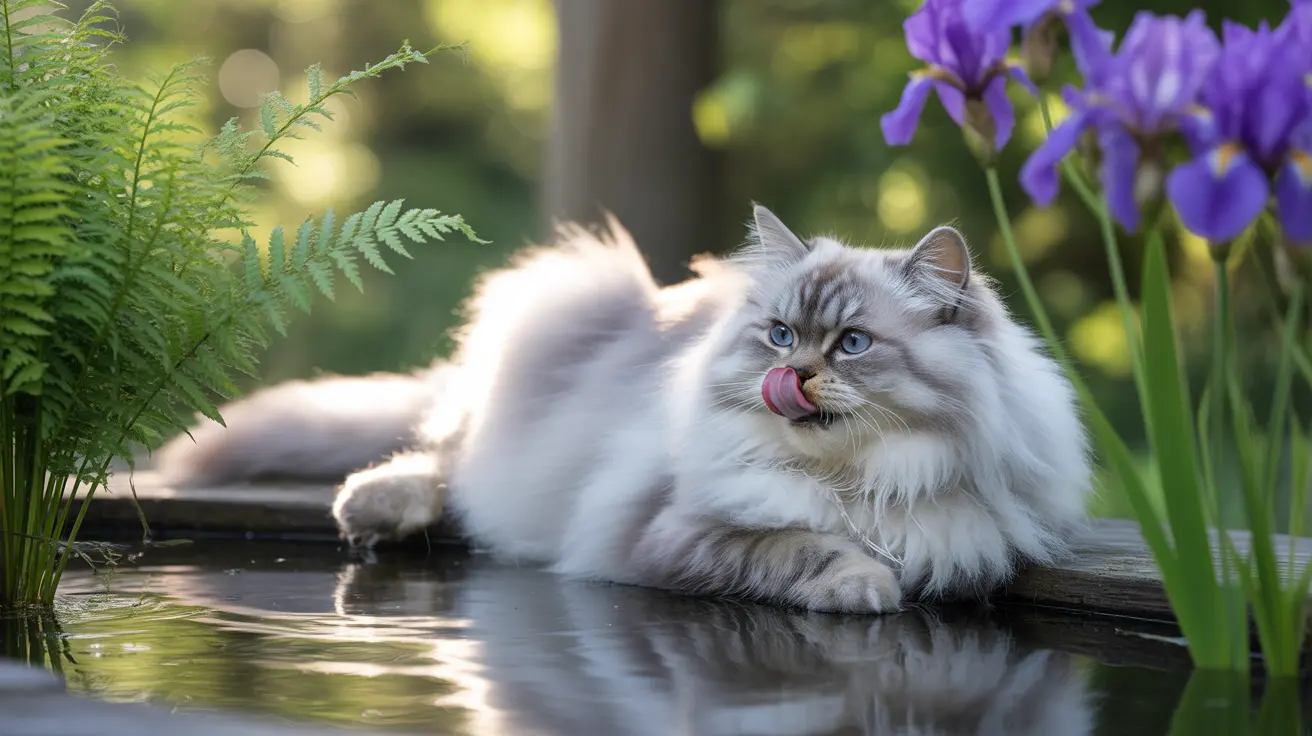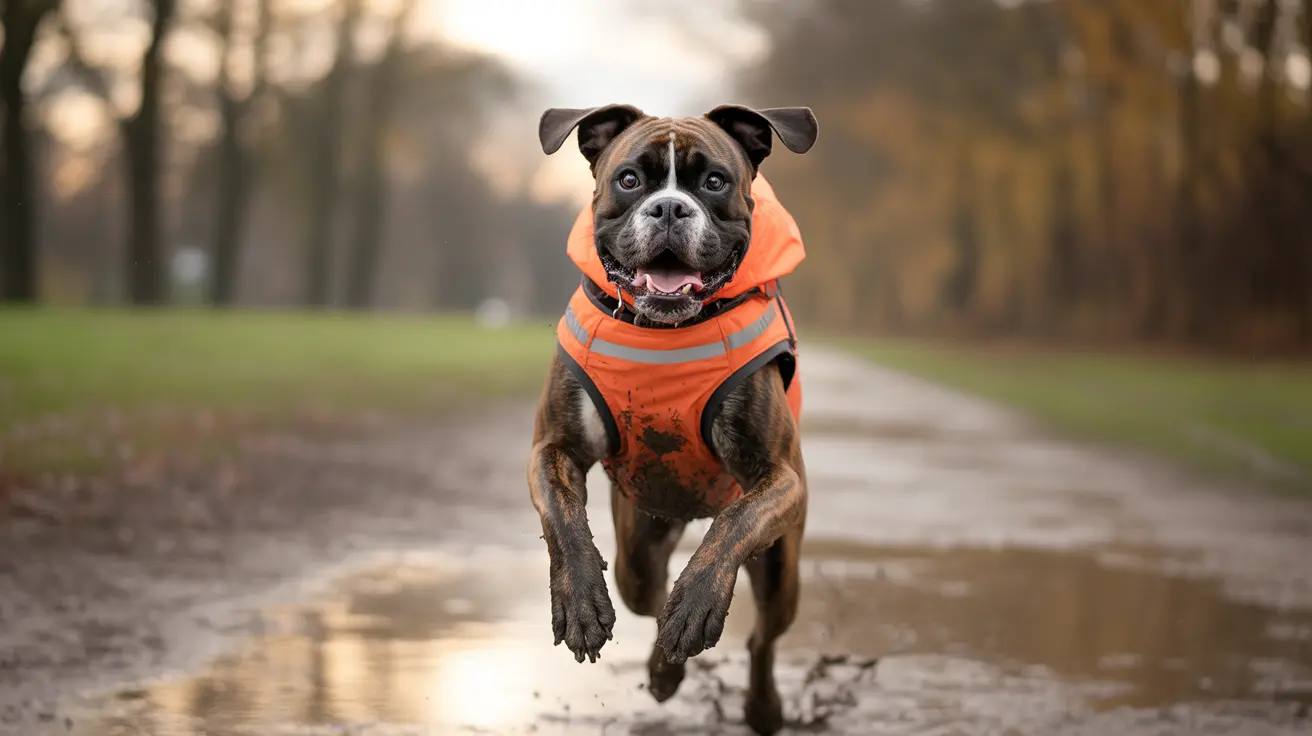Supporting Wildlife During Drought Conditions: Essential Strategies for Conservation
As climate change intensifies weather patterns across the globe, drought conditions are becoming increasingly common and severe, affecting approximately one quarter of the United States land area at any given time. These prolonged dry periods create significant challenges for wildlife populations, forcing animals to travel farther distances in search of basic necessities like food, water, and shelter. The resulting stress on ecosystems often leads to increased mortality rates, reduced reproduction success, and heightened human-wildlife conflicts as desperate animals venture into developed areas.
Supporting wildlife during drought conditions requires both immediate intervention and long-term planning strategies. From creating water sources in our backyards to participating in large-scale habitat restoration projects, every action counts toward helping wildlife populations survive and thrive during these challenging periods. Understanding the specific impacts of drought on different species and implementing targeted conservation measures can make the difference between ecosystem collapse and resilience.
Understanding How Drought Devastates Wildlife Populations
The Critical Impact on Aquatic and Semi-Aquatic Species
Aquatic and semi-aquatic animals face the most severe threats during drought conditions. Fish populations, particularly coldwater species like brook trout, suffer tremendously as river volumes decrease and water temperatures rise. The combination of reduced water levels and increased temperatures creates a deadly scenario where oxygen levels plummet, leading to widespread fish kills and habitat degradation.
Amphibians, which depend on water for their complete life cycles, experience devastating population declines during extended dry periods. As ponds and wetlands shrink, these creatures become concentrated in smaller spaces, increasing competition for resources and making them more vulnerable to disease outbreaks and predation. The loss of breeding habitats directly impacts reproduction success, with long-term consequences for population recovery.
Terrestrial Wildlife Struggles with Food and Habitat Loss
While many terrestrial animals can meet their water needs through the food they consume, drought conditions severely impact their ability to find adequate nutrition. Reduced plant growth means less availability of fruits, nuts, seeds, and browse—critical food sources that animals depend on to build fat reserves necessary for winter survival and successful migration.
The degradation of habitat quality during drought creates a cascade of problems. Reduced vegetation cover leaves waterfowl nests and young deer, antelope, and elk more vulnerable to predators. Similarly, the decline in insect populations due to dry conditions weakens animals that depend on insects for food, including bats that require substantial fat reserves for migration and hibernation.
The Ecosystem-Wide Disruption of Habitat Connectivity
Breaking the Links That Wildlife Depends On
Drought conditions create significant disruptions in habitat connectivity, essentially fragmenting the landscape that wildlife depends on for survival. As streams, ponds, and rivers dry up, animal populations become isolated from one another, preventing the genetic exchange that is vital for long-term species health and adaptability. This isolation is particularly problematic for species that require large territories or seasonal migration routes.
The drying of water corridors also eliminates the natural pathways that many species use to access different habitat types throughout the year. For example, animals may lose access to breeding grounds, feeding areas, or winter shelter when the connecting waterways disappear. This fragmentation effect is compounded by existing human development, creating an increasingly challenging landscape for wildlife movement.
Species-Specific Vulnerability Patterns
Different species respond to habitat fragmentation and drought stress in varying ways. K-selected species—those that are long-lived with few offspring and high sensitivity to environmental changes—face more drastic impacts during drought conditions. These populations are closely dependent on habitat quality and may experience significant declines that take years or decades to recover.
In contrast, r-selected species with shorter lifespans and higher reproductive rates tend to be more resilient to drought conditions, though they still show wide annual variations in abundance. Understanding these different vulnerability patterns helps conservation efforts target resources where they can have the greatest impact on supporting wildlife during drought conditions.
Immediate Actions to Support Wildlife During Drought
Creating Effective Water Sources
One of the most impactful immediate actions involves providing clean, accessible water sources for wildlife. Garden water bowls, shallow ponds, and bird baths can serve as crucial lifelines during dry periods. When creating these water sources, it's essential to include safe landing spots like sticks, stones, or gradual slopes that allow insects and small animals to access water without drowning.
For maximum effectiveness, water sources should be placed in areas that offer some cover from predators while remaining accessible to a variety of species. Regular cleaning and refilling ensures that these water points remain safe and attractive to wildlife. Multiple small water sources distributed across a property or area are often more beneficial than a single large source, as they reduce crowding and competition among different species.
Establishing Cool, Moist Refuges
Creating refuges that provide relief from heat and dryness is equally important for supporting wildlife during drought conditions. Leaf piles, compost heaps, dense shrubs, and mulched garden beds all serve as critical microhabitats where animals can find cooler temperatures and higher moisture levels. These refuges are particularly important for reptiles, amphibians, and small mammals that need to regulate their body temperature and hydration.
Maintaining these refuges requires minimal intervention—often the best approach is simply leaving natural materials undisturbed. Avoiding the cleanup of leaf litter, allowing brush piles to remain in place, and maintaining dense plantings all contribute to creating the complex habitat structure that many species need to survive drought stress.
Responsible Wildlife Interaction Practices
During drought conditions, wildlife becomes more concentrated around remaining water sources, making responsible human behavior critical. Staying at least 300 feet away from natural water sources helps avoid stressing already vulnerable animals. When these creatures are forced to share limited resources, human presence can cause additional stress that weakens their ability to survive.
This principle extends to recreational activities as well. Staying on established trails prevents habitat damage to already stressed vegetation, while keeping dogs leashed protects nesting birds and other vulnerable wildlife. These simple practices significantly reduce additional stressors on wildlife populations already struggling with drought conditions.
Long-Term Strategies for Drought-Resilient Wildlife Habitat
Landscape-Level Water Retention Solutions
Effective long-term support for wildlife during drought conditions requires thinking at the landscape level. Wetland restoration projects, re-wetting of previously drained areas, and strategic reforestation all contribute to improved water retention across large areas. These efforts create a network of water resources that can sustain wildlife populations even during extended dry periods.
Reforestation projects are particularly valuable because forests act as natural sponges, capturing and slowly releasing water throughout the year. Trees also create cooler microclimates that provide relief during heat waves and support a diverse array of species. Strategic placement of these restored areas can create corridors that connect existing habitats, addressing both drought resilience and habitat fragmentation simultaneously.
Reconnecting Fragmented Habitats
Habitat reconnection projects focus on creating wildlife corridors that allow animals to move freely between different areas as conditions change. These corridors are particularly crucial during drought conditions when animals may need to travel greater distances to find adequate resources. Removing obsolete dams, increasing culvert sizes, and creating overpasses or underpasses all contribute to improved habitat connectivity.
The design of these corridors must consider the specific needs of target species while also providing benefits for a broad range of wildlife. Native vegetation plantings along these pathways create additional food sources and cover, while also contributing to the overall water retention capacity of the landscape.
Urban Planning Integration for Wildlife Support
Incorporating Wildlife Considerations into Development
Urban planning plays a crucial role in supporting wildlife during drought conditions by integrating conservation considerations into development decisions. Using naturally draining surfaces instead of impermeable pavements helps maintain local water cycles, while strategic placement of green spaces provides refuges for wildlife within urban environments.
Native vegetation plantings in urban areas serve multiple functions: they require less water than non-native species, provide food sources for wildlife, and create cooler microclimates that benefit both animals and humans. These plantings should focus on species that are naturally adapted to local drought conditions while still providing the resources that wildlife populations need.
Community-Scale Conservation Efforts
Effective urban wildlife support requires coordination across multiple properties and jurisdictions. Community gardens that incorporate wildlife-friendly design elements, neighborhood water feature networks, and coordinated native plantings all contribute to creating urban environments that can sustain wildlife during drought periods.
Educational outreach within communities helps ensure that individual actions align with broader conservation goals. When residents understand how their landscaping choices, water use practices, and general behavior affect local wildlife, they're more likely to make decisions that support conservation efforts during critical drought periods.
Climate Change Adaptation and Proactive Conservation
Addressing Root Causes While Managing Symptoms
While immediate support measures are crucial, addressing climate change itself remains essential for long-term wildlife conservation. Supporting environmental organizations, advocating for climate-friendly policies, and reducing personal carbon footprints all contribute to addressing the root causes of increasingly severe drought conditions.
Proactive conservation measures that anticipate future climate conditions can help wildlife populations adapt to changing circumstances. This includes protecting and restoring habitats that will likely remain viable under future climate scenarios, as well as creating networks of connected habitats that allow species to shift their ranges as conditions change.
Monitoring and Adaptive Management
Effective conservation requires ongoing monitoring to understand how wildlife populations are responding to both drought conditions and conservation interventions. Long-term scientific studies provide the data necessary to refine and improve conservation strategies over time, ensuring that resources are directed toward the most effective approaches.
Adaptive management approaches allow conservation strategies to evolve as new information becomes available and as climate conditions continue to change. This flexibility is crucial for supporting wildlife during drought conditions, as the specific challenges and most effective responses may shift over time.
Frequently Asked Questions
How can I tell if the wildlife in my area is being affected by drought?
Signs of drought stress in wildlife include increased sightings of animals in unusual locations (such as deer foraging near roads or urban areas), animals appearing at water sources during daylight hours when they would normally be active at night, and increased aggressive behavior around limited resources. You may also notice reduced bird activity and fewer insects, as these populations decline rapidly during dry conditions.
What types of water sources are most effective for supporting wildlife during drought?
The most effective water sources include shallow dishes or basins with gradually sloping sides, bird baths with rough surfaces for grip, and small ponds with both deep and shallow areas. Always include landing spots like sticks or stones for insects, and place water sources near natural cover but away from areas where predators might hide. Multiple small water sources are generally better than one large source.
Is it safe to provide water for wildlife during drought, or does this create dependency?
Providing water during genuine drought conditions is generally beneficial and doesn't create harmful dependency. Wildlife will continue to seek natural sources and only use supplemental water when necessary. However, it's important to maintain clean water sources and avoid providing food, which can create problematic habituation and attract predators to concentrated animal populations.
How do I know if my conservation efforts are actually helping wildlife?
Look for indicators such as increased wildlife activity around water sources you've provided, animals using the refuges you've created, and gradual increases in biodiversity in your area over time. Keep a simple log of wildlife sightings to track changes. However, remember that some benefits may not be immediately visible, as population recovery can take several seasons after drought conditions improve.
What should I do if drought brings potentially dangerous wildlife like bears into my area?
Store all garbage, pet food, and livestock feed indoors, clean barbecue grills after each use, remove fallen fruit from trees, and consider temporarily removing bird feeders. If you encounter large wildlife, maintain distance and contact local wildlife authorities for guidance. Never attempt to feed or approach stressed wildlife, as they may behave unpredictably when desperate for resources.
Can small-scale individual actions really make a difference for wildlife during major droughts?
Yes, individual actions collectively create significant positive impacts. A network of backyard water sources and refuges can support local wildlife populations, while individual participation in larger conservation efforts contributes to landscape-level changes. Additionally, individual actions often inspire neighbors and communities to join conservation efforts, multiplying the positive impact.
How long does it take for wildlife populations to recover after a drought ends?
Recovery time varies greatly depending on the species and drought severity. R-selected species (short-lived with high reproductive rates) may recover within one to two seasons, while K-selected species (long-lived with low reproductive rates) may take several years to decades to fully recover. Habitat quality and connectivity significantly influence recovery speed, which is why supporting wildlife during drought conditions is so important for long-term population stability.
Conclusion
Supporting wildlife during drought conditions requires a multifaceted approach that addresses both immediate needs and long-term habitat resilience. From simple actions like providing clean water sources and creating cool refuges to participating in larger conservation efforts focused on habitat restoration and connectivity, every contribution helps wildlife populations survive increasingly challenging environmental conditions. The key is understanding that drought impacts extend far beyond simple water scarcity, affecting food availability, habitat quality, and ecosystem connectivity in complex ways.
As climate change continues to intensify drought conditions worldwide, the responsibility for supporting wildlife during these critical periods falls on individuals, communities, and institutions working together. By implementing the strategies outlined in this guide—from backyard conservation measures to landscape-level planning—we can help ensure that wildlife populations not only survive current drought challenges but also develop the resilience needed to thrive in an uncertain climatic future.






